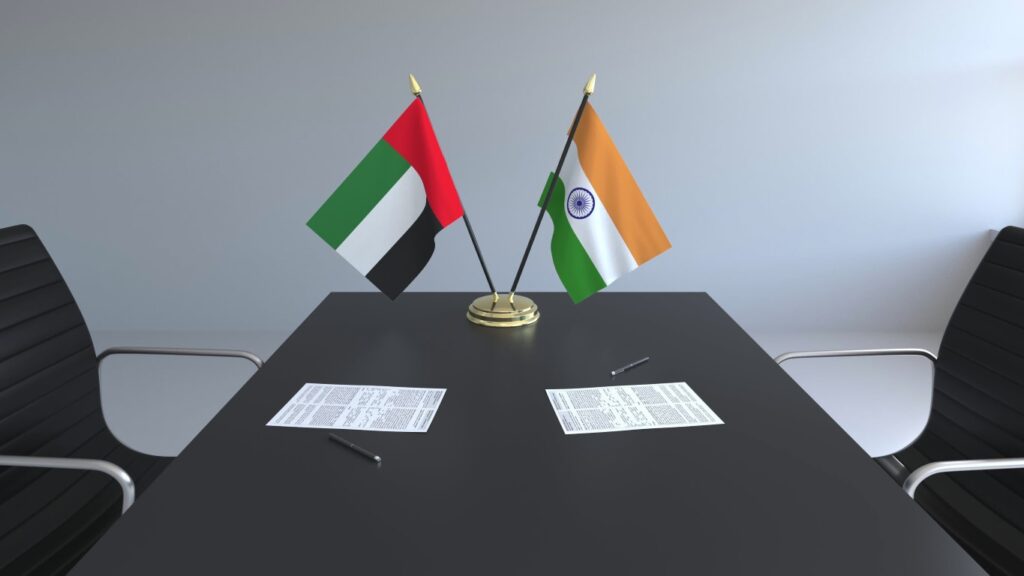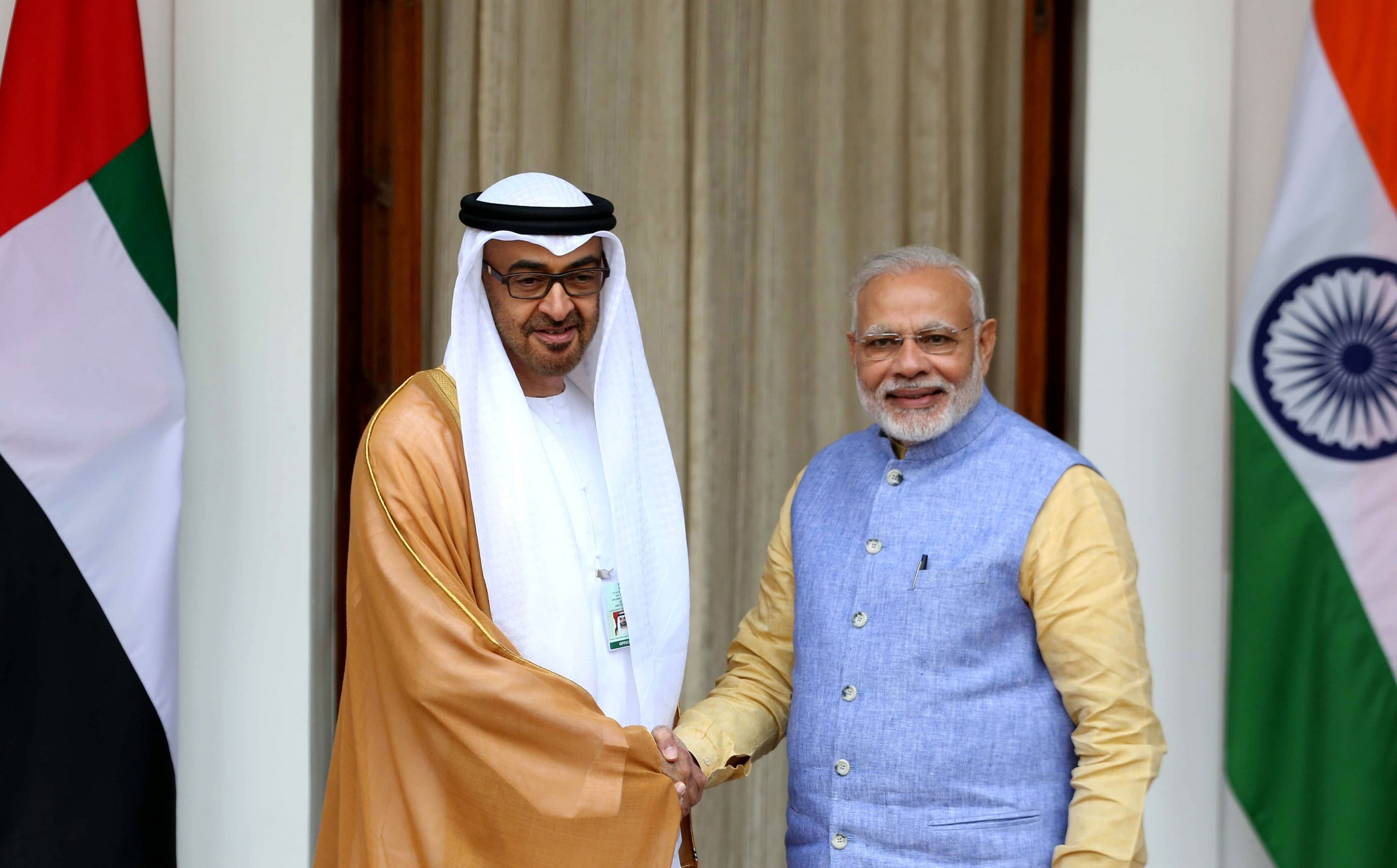ISLAMABAD: India and the United Arab Emirates (UAE) have recently signed agreements aimed at enhancing bilateral trade.
As part of the agreement, the two countries have agreed to use local currencies for trade transactions, enabling India to settle trade in rupees instead of dollars. This move is expected to reduce transaction costs by eliminating the need for currency conversions.
Additionally, the two nations have also decides to establish a real-time payment link to facilitate seamless cross-border money transfers. These developments took place during Indian Prime Minister Narendra Modi’s visit to the UAE.
According to a statement by the Reserve Bank of India (RBI). The two agreements will facilitate smooth cross-border transactions and payments, while also promoting stronger economic cooperation.
The Memorandum of Understanding (MoU) signed between India and the UAE aims to establish a framework for using local currencies. It names as the Indian Rupee (INR) and the UAE Dirham (AED), for transactions between the two countries.
The Reserve Bank of India (RBI) stated that the agreement will facilitate the implementation of a Local Currency Settlement System (LCSS), covering current account transactions and permit capital account transactions.

Although, The establishment of the LCSS will enable exporters and importers to invoice and make payments in their respective domestic currencies, leading to the development of an INR-AED foreign exchange market. This arrangement is expect to promote investments and remittances between India and the UAE.
The use of local currencies will optimize transaction costs and settlement time. It include remittances from Indians residing in the UAE, as said by the RBI. Presently, India pays for UAE oil in dollars. But the agreement opens the possibility for India to make rupee payments for UAE oil in the future. This move aligns with India’s previous announcement of a framework for settling global trade in rupees. The bilateral trade between India and the UAE amounted to $84.5 billion in the period from April 2022 to March 2023.
This trend of using local currencies for bilateral trade is gaining traction in Asia and typically reduces payment costs.










